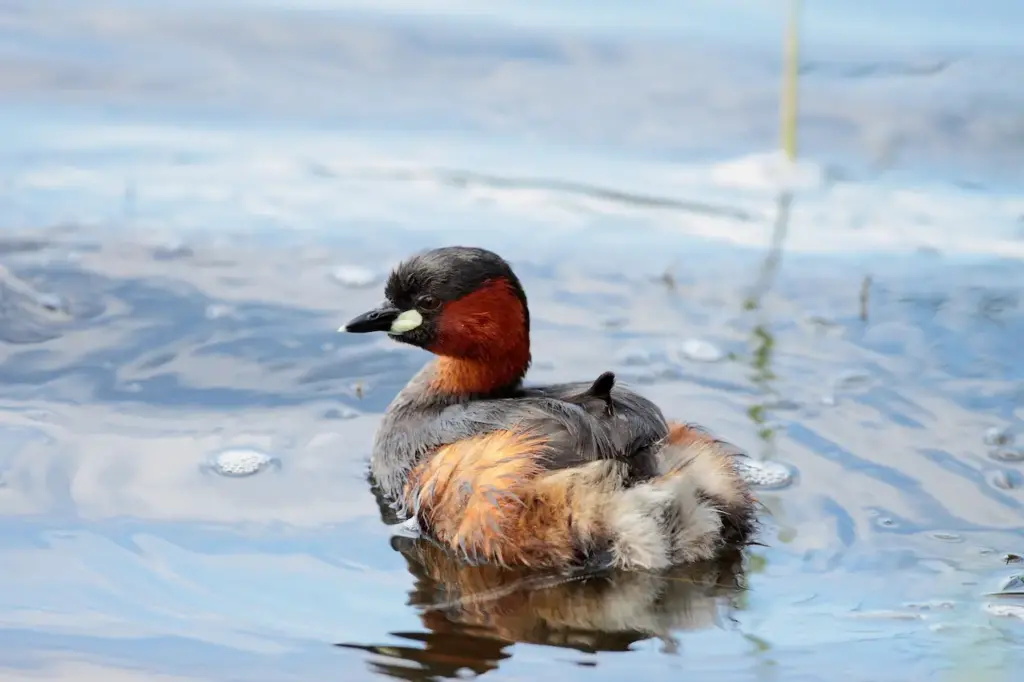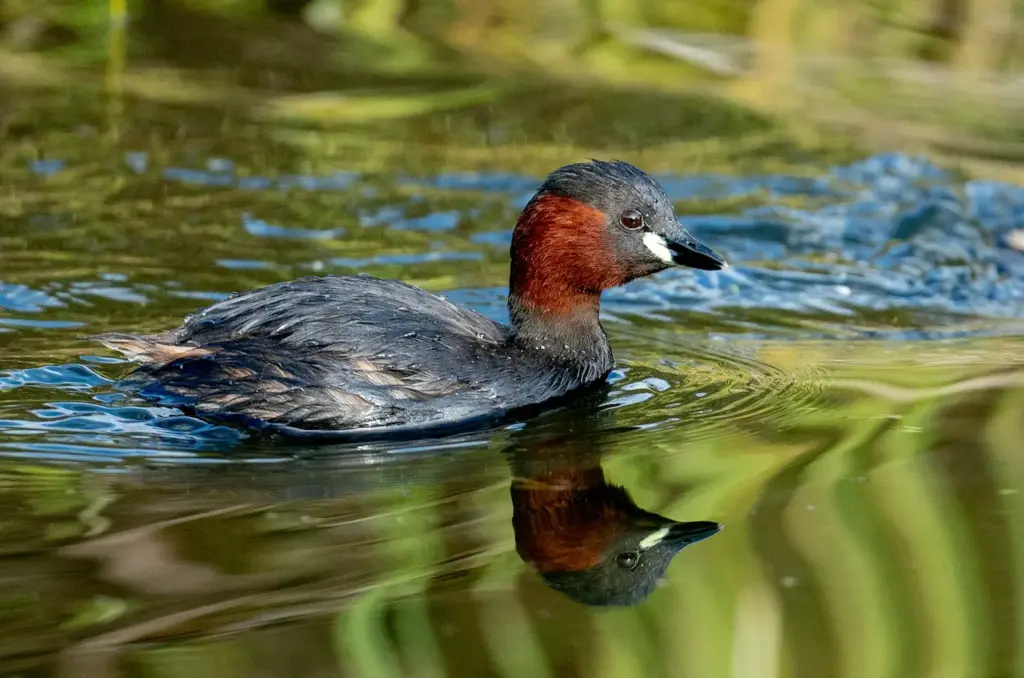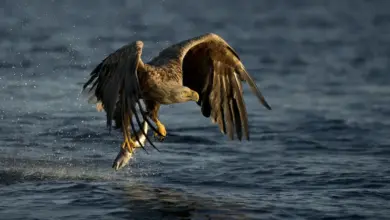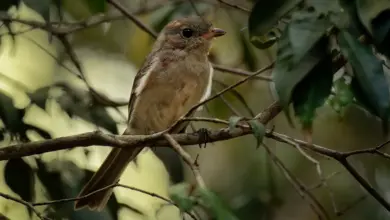Little Grebes or Dabchicks
Little Grebes or Dabchicks
The Little Grebes, Tachybaptus ruficollis, or Dabchick is, at 23-29 cm in length, the smallest European member of the grebe family of water birds. This bird can be found at pretty much any open body of water across most of its extensive range.

Identification
Little Grebe is a small water bird with a pointed bill. The adult is unmistakable in summer, predominantly dark above with its rich rufous colour neck, cheeks and flanks, and bright yellow gape. The rufous is replaced by a dirty brownish grey in non-breeding and juvenile birds.
Juvenile birds have a yellow bill with a small black tip, and black and white streaks on the cheeks and sides of the neck as seen below. This yellow bill increasingly darkens, eventually turning black.
In winter, its size, buff plumage with a darker back and cap, and “powder puff” rear end enable identification of this species.
The Little Grebe’s breeding call sounds like a horse whinnying. One Cornish bird interbred with a vagrant Pied-billed Grebe.
Distribution
This bird breeds in small colonies in heavily vegetated areas of freshwater lakes across Europe, much of Asia down to New Guinea, and most of Africa. Most birds move to more open or coastal waters in winter, but it is only migratory in those parts of its range where the waters freeze.
Like all grebes, it nests on the water’s edge, since its legs are set very far back and it cannot walk well. Usually four to seven eggs are laid, and the striped young are sometimes carried on the adult’s back.

Behavior
It is an excellent swimmer and diver, and pursues its fish prey underwater. It uses the vegetation skilfully as a hiding place.




